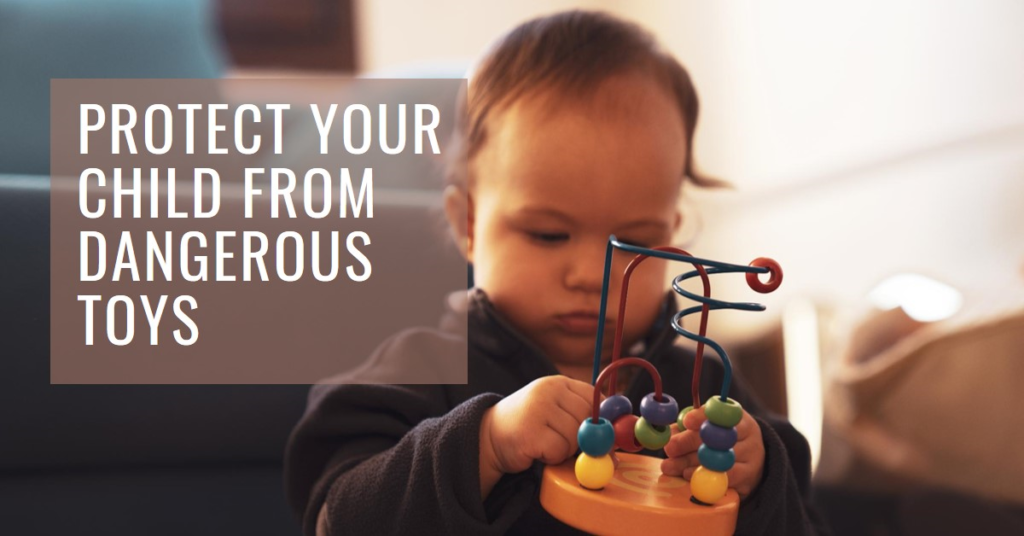High Blood Pressure Symptoms and Causes
What is Blood Pressure?
Circulatory strain can be arranged into five distinct sorts incorporate typical, raised, hypertension stage I, hypertension stage II, and hypertensive emergency.
Circulatory strain is the power applied by the blood over the internal dividers of the corridors. Albeit the normal pulse for an individual remaining parts steady, it shows minor vacillations for the duration of the day?declining while at the same time unwinding and immediately expanding while at the same time being invigorated or under pressure. An expansion in the resting circulatory strain can scar, solidify, or solidify the supply routes.
Pulse is composed as systolic and diastolic qualities. Consequently, BP 120/80 mm Hg implies 120 is the systolic number, and 80 is the diastolic number.
Hypertension is bound to cause:
? cardiovascular failure
? stroke
? cardiovascular breakdown
? vision misfortune
? kidney disappointment
? dementia
? erectile dysfunction
What is ordinary pulse as per age?
What is normal blood pressure as per age?
Pulse is the tension of the blood inside the conduits. It is created basically by the compression of the heart muscle. Its estimation is recorded by two numbers. The principal (systolic tension) is estimated later the heart contracts and is most elevated. The second (diastolic tension) is estimated before the heart contracts and the least. A circulatory strain sleeve is utilized to quantify the tension. Rise of circulatory strain is classified “hypertension”.
The diagram shows ordinary pulse as indicated by age both male and female. Diastolic circulatory strain (DBP) and Systolic Blood Pressure (SBP) are remembered for the diagram.
What are the different Blood Pressure?
Pulse can be arranged into five unique sorts, in particular:
Typical: Blood tension under 120/80 mm Hg is viewed as ordinary.
Raised: When pulse readings reliably range from 120 to 129 systolic and under 80 mm Hg diastolic, it is known as raised circulatory strain. Individuals with raised circulatory strain are in danger of hypertension except if steps are taken to control it. problems like malignant growths and heart sicknesses and furthermore ED related issue in man. vidalista 40 and an assist with working on erectile issue.
Hypertension stage I: In this condition, circulatory strain readings reliably range from 130 to 139 systolic or 80 to 89 mm Hg diastolic. Specialists might endorse circulatory strain prescriptions and some way of life changes to diminish the danger of heart illnesses and stroke.
Hypertension stage II: In this condition, circulatory strain readings reliably range from 140/90 mm Hg or higher. The specialists might endorse a blend of the two drugs and way of life changes.
Hypertensive emergency: This is the most basic condition and requires crisis clinical consideration. In this condition, the pulse abruptly surpasses 180/120 mm Hg. Contact the doctor quickly assuming that the accompanying indications are capable:
? Windedness
? Chest torment
? Back torment
? Deadness/shortcoming
? Change in vision
? Trouble talking
Signs and Symptoms of High Blood Pressure
Hypertension might not have any indications thus hypertension has been named “the quiet executioner.” Longstanding hypertension can prompt various inconveniences including coronary episode, kidney infection, or stroke. You can also Choose vidalista 20 Pills to treat ED problems.
Certain individuals experience manifestations with their hypertension. These manifestations include:
? Migraine
? Unsteadiness
? Windedness
? Obscured vision
? The Feeling of throbs in the neck or head
? Queasiness
How to treat hypertension?
Way of life changes and customary activities can assist with treating hypertension. A portion of the recommended way of life changes by the doctors are as per the following:
? Stop smoking
? Shed pounds
? Keep away from liquor or possibly limit the admission
? Eat a low-sodium and low-fat eating routine, for example, the DASH diet
? Stay away from a lot of pressure
? Eat food sources wealthy in potassium, magnesium, and calcium like bananas and milk
? Ordinary observing of pulse in the wake of arriving at the age of 35 years
? Practice contemplation and other pressure calming works out
? Scale back caffeine
How to treat low pulse?
Low pulse can be forestalled or treated utilizing the accompanying strategies:
? Devour loads of liquids
? Limit cocktails
? Remain hydrated, particularly during the sweltering climates or during viral influenza
? Drink a greater amount of nonalcoholic beverages
? Practice consistently to energize blood stream
? Try not to sit or standing rapidly
? While rising, take care to sit upstanding for a couple of moments and afterward getting off from the bed
? Avoid truly difficult work
? Try not to stop for a drawn out time frame
? Abstain from stressing while at the same time elapsing stools
? Stay away from delayed openness to high temp water, for example, sauna, heated water springs, and spas
? Pressure loading covering the thigh and calf limits the blood stream to the lower part of the body
? Take a stab at eating more modest, more continuous dinners to keep away from post-feast unsteadiness
????????????? Any utilization of over-the-counter prescriptions ought to be accounted for to the doctor.
Visit : breakingnews21



